In terms of what’s going on in a scene you can break it down
into three main areas:
1. What happened ‘Before’.
2. What’s happening ‘Now’.
3. What’s going to happen ‘Later’.
The most important for a reader is no.2, the ‘Now’. That's where readers experience the story—what's in front of them.
And it's important to make sure each scene is engaging the reader through what's happening on the page, what characters are doing, as well as the implications for events in the past and future.
‘Before’ and ‘Later’ are certainly going to play a major role in how you construct
and develop a scene, with things like tension and anticipation.
What happened ‘Before’ provides motivation for why we’re here
and what the characters decide to do. Sometimes, ‘Before’ is a long time ago,
beyond the scope of the story, and gets filled in by backstory. Other times,
‘Before’ is kept a mystery and revealed later in the story.
Both those techniques (backstory and revelation) are
standard methods for writing fiction, but both have their drawbacks. It's very easy to get so wrapped up in explaining stuff that the story ends up stalling.
In most stories what a character is doing ‘Now’ has been set
up in the previous scene. In order to make the reader want to find out what
happens in this chapter, the reasons are explained in the one before. You can
raise the stakes, complicate the issue, establish the problem. In doing so the
reader comes to the current chapter full of anticipation.
However, if things are at a high enough anxiety level, you
can sometimes forget to make the current scene interesting in its own right.
If, for example, Susan goes over to Mike’s place for coffee,
but the real reason she’s going is because she suspects he’s the guy that ten
years ago kidnapped and murdered her sister, and she wants to find proof, then
you can see that the date is not what it seems. She’s going to have to play-act
the flirty girl all the while looking for evidence and also, if it turns out
she’s right, get out alive.
So, high stakes, danger, tension.
But let’s say she goes over there, he goes in the kitchen to
make the coffee and she quickly goes through his drawers and cupboards and
finds nothing.
Even though the entry into the scene was ramped up and full
of all the elements you would want in this kind of scenario, the actual scene
that develops is a let down.
And this is also true of scenes where the set-up isn’t quite
so extreme. You don’t have to have murder, robbery or an asteroid about hit the
Earth to get hearts racing. Whatever the reason from ‘Before’ that’s got your
character to ‘Now’, those motivations need to be built on and extended.
If your character decides to pursue their course in a causal
‘let’s see what happens’ manner, or if things conveniently work out in their
favour, it will read as lacklustre no matter how high the stakes.
In terms of how ‘Later’ affects writing, this can also lead to a flat,
uninteresting ‘Now’ scene.
In some cases, things happen in the current scene
that don’t seem particularly important, but they pay-off big later on in the
story. But just because there’s a big twist or stunning reveal later, doesn’t
mean you can afford to have a narratively unengaging scene now.
Often the problem is that because the writer knows how
crucial the scene where Jane washes her hands with Dove soap is going to be in
the final chapter (where the poison in the soap is revealed), they consider it full of importance. But the reader
isn't aware of any of that. The reader just gets a page and a half of
soapy hands.
Even though setting things up to be paid-off later is
another perfectly acceptable and useful technique, a scene that’s just that—all set-up—isn’t going to be very interesting to read.
In cases where too much emphasis is put on what’s
gone one before and after, it’s the middle scene that ends up losing out. The
‘Now’ scene is necessary and needs to be there, but it also needs to
have engaging action of its own.
One thing to look out for is a character's emotional state at the beginning and end of each scene. Are they the same at their
outro as they were at their intro? If they are, can you change it so they
experience something that actually affects them? She was up but now she’s down;
she was sure, but now not so much; she was scared, now she’s angry.
If a character's emotions change as we're reading about them, that means something happened. Doesn't matter how big or small it was, that's all you need to make a scene interesting in the 'Now'.
If you found this post useful, please give it a retweet. Cheers.












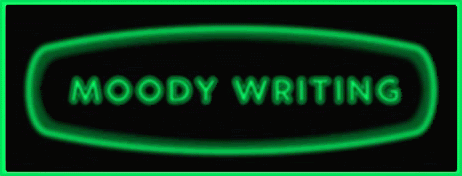

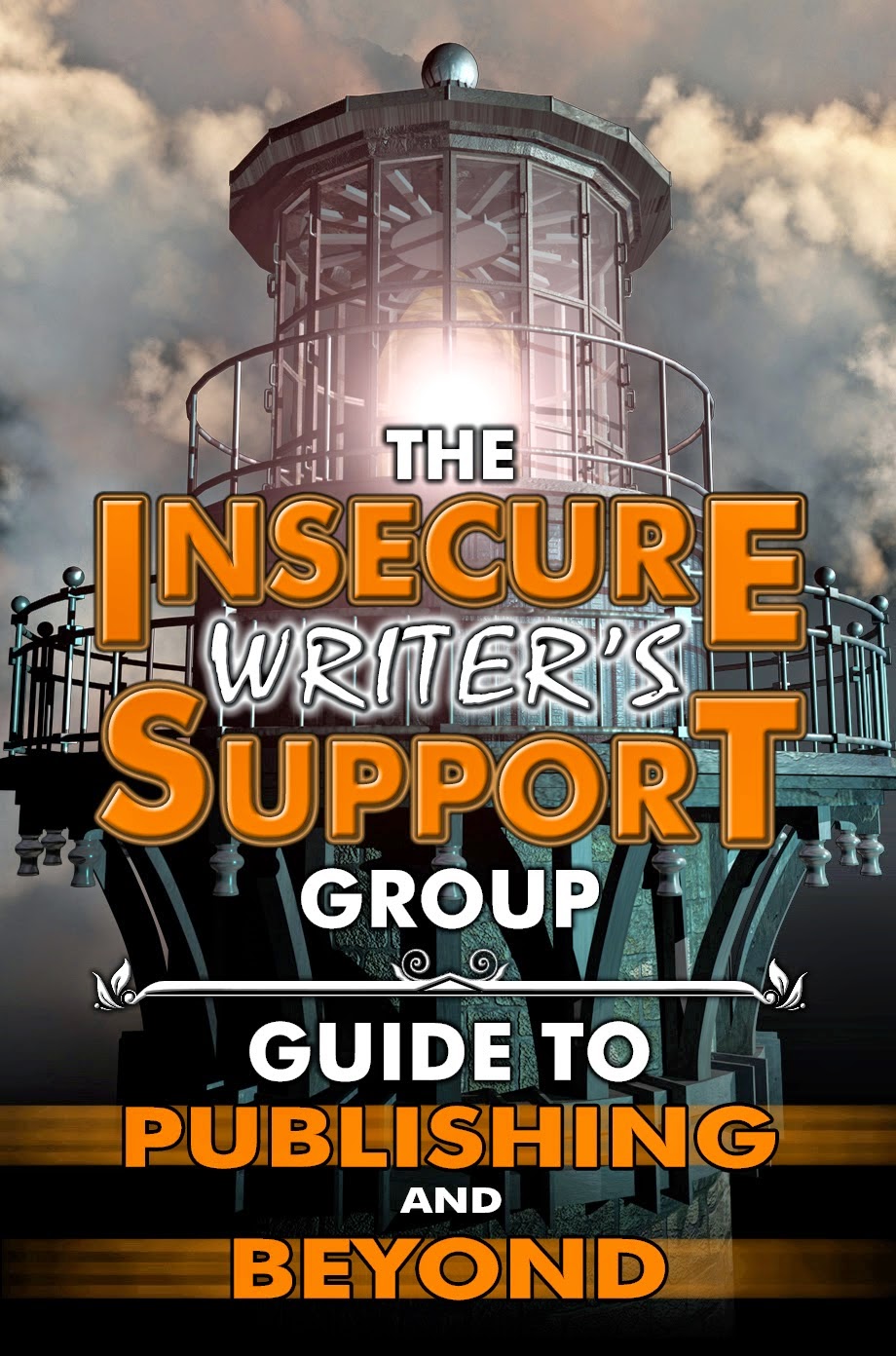
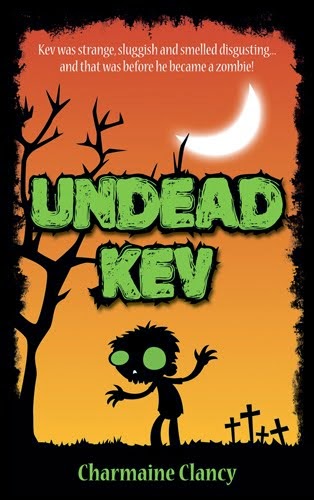



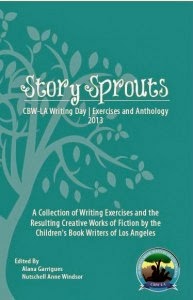
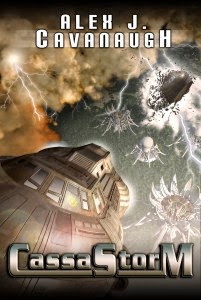



















































































15 comments:
I'll avoid a page and a half of soapy hands!
@Alex - well, depends whose hands they are.
I think a big way of accomplishing this "now" feeling is to write in first person, present tense. Then no matter what page you are on, it's happening now.
@Michael - that's one way of doing it, although it's still possible to write first person present tense and have a character doing stuff that feels flat and uninteresting. And then there's quite a lot of people who aren't too keen on present tense.
I'm one of those who are not very comfortable reading first person present. It always feels forced to me, like the old Dragnet timelines:
1:30 pm, I head to the gym, meet the blonde. We eat a sandwich.
4:45 pm, The cops show up and hand cuff my mother. I'm pissed.
It's just weird. I think it's much easier to write in past tense and still put the reader in the scene and give the story a more nostalgic feel to it.
@Diane - it all depends on what you're used to. If you read a lo of (good) present tense writing it feels just as natural as past tense. But most people are exposed to past tense and nothing else, so when they first encounter present tense it feels weird.
So, the trick is finding a balance of the Before, Now, and Later, with emphasis on making the Now interesting--right? I like your point about character emotions, too; it's nice to see a reaction over the course of a scene.
@Golden - a change in emotion is a good way to make sure something happened.
I too feel that the trick lies in finding a perfect balance of Before, Now and Later. I concentrate a lot on Now and Before, tending to skip the Later part.
@Rachna - putting things in place for later, and making sure it feels like the story's going somewhere, is a big part of each scene, I think. But not as important as making sure the scene has stuff going on right now.
Great post. When I'm planning I include the character emotional arcs from scene to scene (which draws the map of before, now and later).
I like the idea of looking at a character's emotional state at the beginning and comparing it to the end of the scene. I need to do that with my wip. Thanks again Mood, another great post.
@Lynda - I do the same although usually after the first draft so I have a better idea of what I'm writing about.
@Elise - Cheers.
One thing that leaves me uneasy after reading a book is seeing a character that ends up being quite static by the end. I think that's what bothered me in the Hunger Games.
Katniss goes through so much, and in the end, she's the same person.
@Jay - You would think after what she went through she might have some sort of emotional reaction.